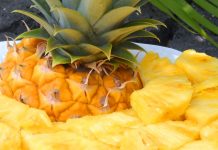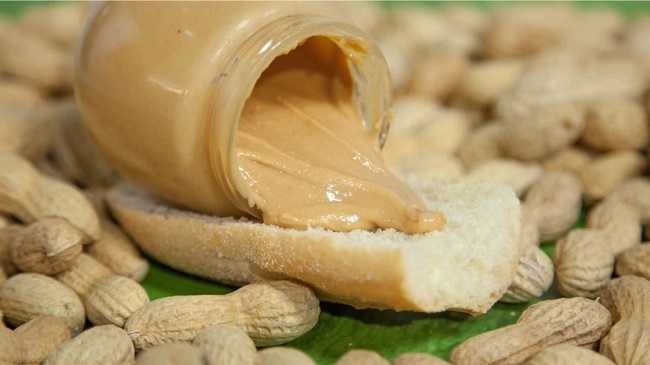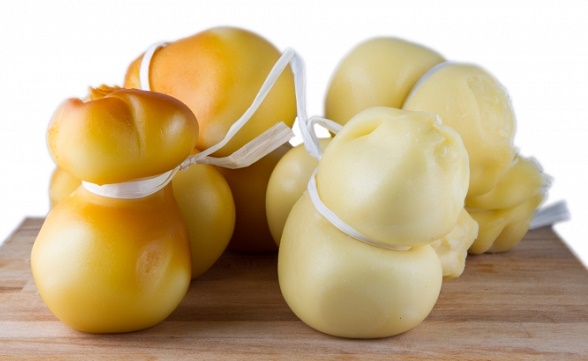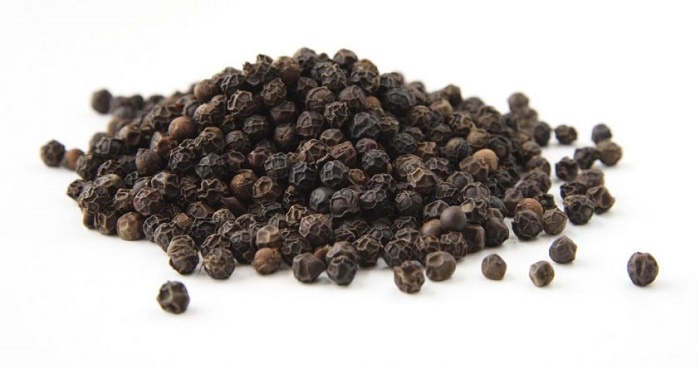
Black pepper: history and origins
Black pepper is part of the Piperaceae family and is cultivated for its fruit, which once collected are put to dry before being eaten as a spice. The fruit, through different ways of machining, is used for the production of white pepper, black pepper, and green pepper. The plant origins are in southern India, and its cultivation has spread in tropical countries. Once the fruit is ripe, this looks like a small berry, deep red in color, almost black, with a diameter of about five millimeters, containing one single seed.
This spice, is very well known in European kitchens along with its derivatives, which were appreciated since ancient times, for their flavor and also for use in Ayurvedic medicine.

The peculiarity of this fruit is its spicy flavor given by a substance called piperine. The words pepper, comes from the ancient Sanskrit and means Pippali. With the passage of time, this term became Piper (Latin), and Pipor (Old English). The term derives from the Latin, has German roots (Pfeffer), French (Poivre), and then by the Dutch (Peper) and also many other similar terms.
Description of black pepper
The plant of black pepper, looks like a vine, with woody texture that can reach four meters in height. The leaves are oval, leathery and alternate and their length varies from five to ten centimeters and the width, from three to six centimeters. The flowers of the black pepper plant, are very small and bloom through a pendulous stem length of about eight centimeters, placed to root of the leaves. Each fruit (drupe), contains only one seed, which initially is green, and then get to dark red when the fruits are ripe. The stem reaches a maximum length of fifteen centimeters, but only to maturation. The black pepper tree grows in soil nor too dry, but not too wet, and must be well-fertilized by organic material.
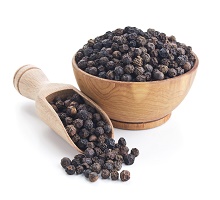
Plants grow through a scion, from which you use the vegetative parts (branches), and non-interest bearing ones, because you evil rooted in the absence of carbohydrates. The scion is about 50 cm long and clings to other nearby trees or climbing through the walls of the ledge. Plants with gnarled trunk, are more likely to carry out these actions. For the growth and development of the black pepper plant, its branches, need not be very thick, but sufficiently rich in foliage to ensure ventilation and shade. The roots are covered with litter, while the shoots, require pruning at least twice a year. If the plant grows mainly on dry soils, this needs watering every two days, at least for the first three years of life in the warm seasons. The first fruits of the black pepper plant, begin to emerge after four or five years, then continue fruiting for about seven years.
The many varieties of pepper, are chosen in a second time, according to the quality of the fruit and to their longevity. The sprouts present in a single branch, ranging from a minimum of 20 up to a maximum of 30 centimeters, and harvesting of the fruit is just few berries located at the base of the pedicle, it takes the red color before the fruits complete maturation. The fruits that remain attached to the plant, fall naturally and are lost in the harvest. Once the harvest, the fruits are put in the sun to dry and then are subjected to a system (ginning), to extract the fruits.
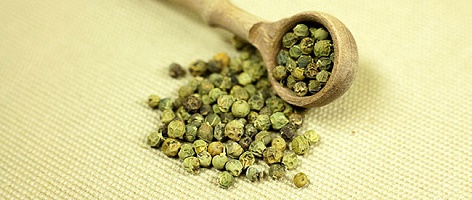
Pepper varieties
Black pepper is obtained from the unripe fruit of the pepper plant. The fruits are put to boil for a few minutes in hot water, not only to be washed thoroughly, but also to be prepared on drying. During the drying, the pulp is broken and this process accelerates the blackening pepper. The grains (black pepper), are put under the sun to dry in special drying rooms, and during this time the fruits will dry and black. Black pepper has often the designation of origin according to place of origin, such as Indonesia, Malaysia and Malabar.
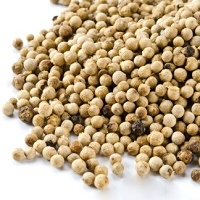
Unlike the black pepper, white pepper is obtained only from the seed of the fruit and is achieved by a system where the pepper fruits are put to soak for a week. With this procedure, the pulp is macerated so as to be eliminated more easily. When the pericarp is removed, the seeds are placed to dry. You can also use other alternative methods, such as to remove the pulp from the fruit of the black pepper dried skin. Black pepper is the most widespread quality in contrast to the white which is used mainly for the preparation of colored sauces, where the black of the pulp would remain visible.
The green pepper, such as black pepper, is produced through the harvest of unripe fruit and during the drying period is treated with sulfur dioxide, in such a way as to remain unaltered the green color of the fruit.

